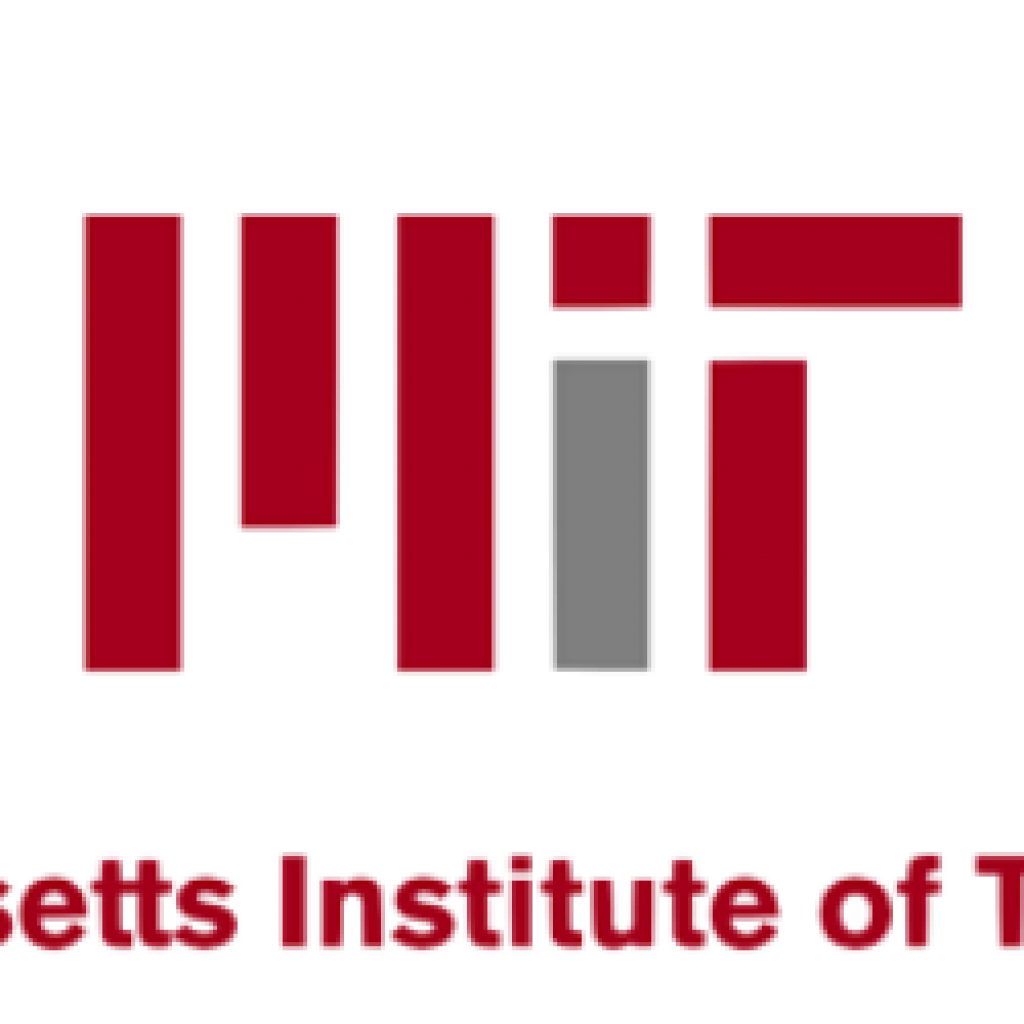(MIT.edu) MIT researchers developed and published a framework for “QuantumNAS: Noise-Adaptive Search for Robust Quantum Circuits”.
Noise is one challenge that holds back the quantum computing. Noise is often caused by imperfect control signals, interference from the environment, and unwanted interactions between qubits, which are the building blocks of a quantum computer. Performing computations on a quantum computer involves a “quantum circuit,” which is a series of operations called quantum gates. These quantum gates, which are mapped to the individual qubits.
But quantum gates introduce noise, which can hamper a quantum machine’s performance.
Researchers at MIT and elsewhere are working to overcome this problem by developing a technique that makes the quantum circuit itself resilient to noise that plagues quantum machines.. (Specifically, these are “parameterized” quantum circuits that contain adjustable quantum gates.) The team created a framework that can identify the most robust quantum circuit for a particular computing task and generate a mapping pattern that is tailored to the qubits of a targeted quantum device.
Their framework, called QuantumNAS (noise adaptive search), is much less computationally intensive than other search methods and can identify quantum circuits that improve the accuracy of machine learning and quantum chemistry tasks. When the researchers used their technique to identify quantum circuits for real quantum devices, their circuits outperformed those generated using other methods.
“The key idea here is that, without this technique, we have to sample each individual quantum circuit architecture and mapping scenario in the design space, train them, evaluate them, and if it is not good we have to throw it away and start over. But using this method, we can obtain many different circuits and mapping strategies at once with no need for many times of training,” says Song Han, an associate professor in the Department of Electrical Engineering and Computer Science (EECS) and senior author of the paper.
